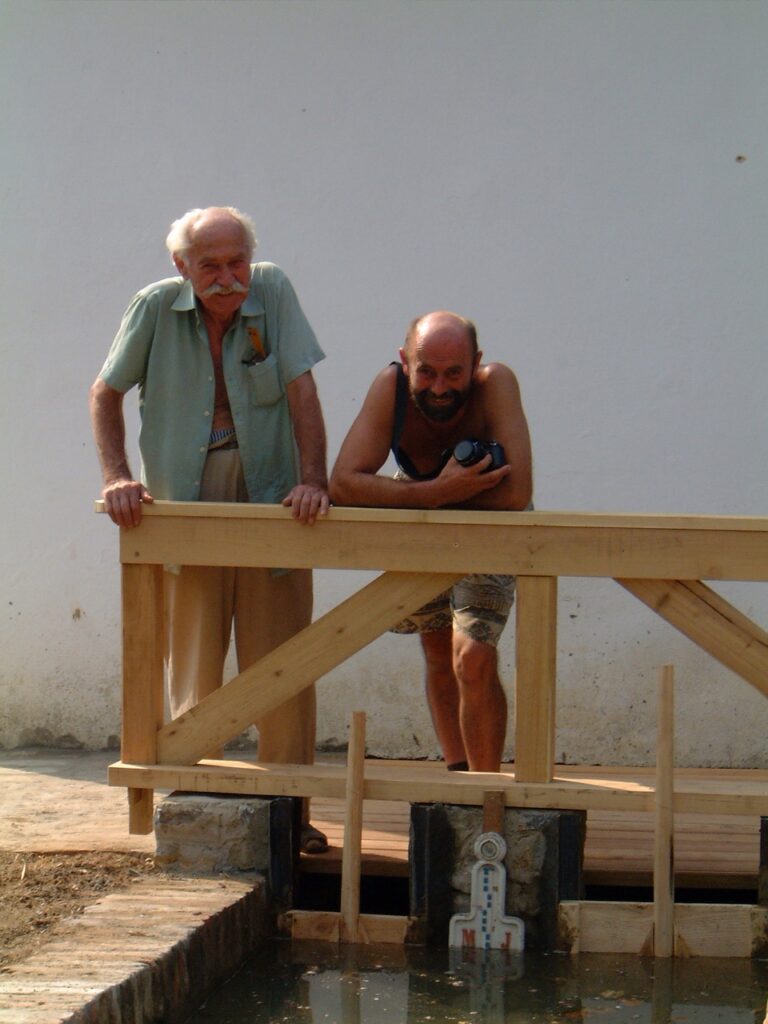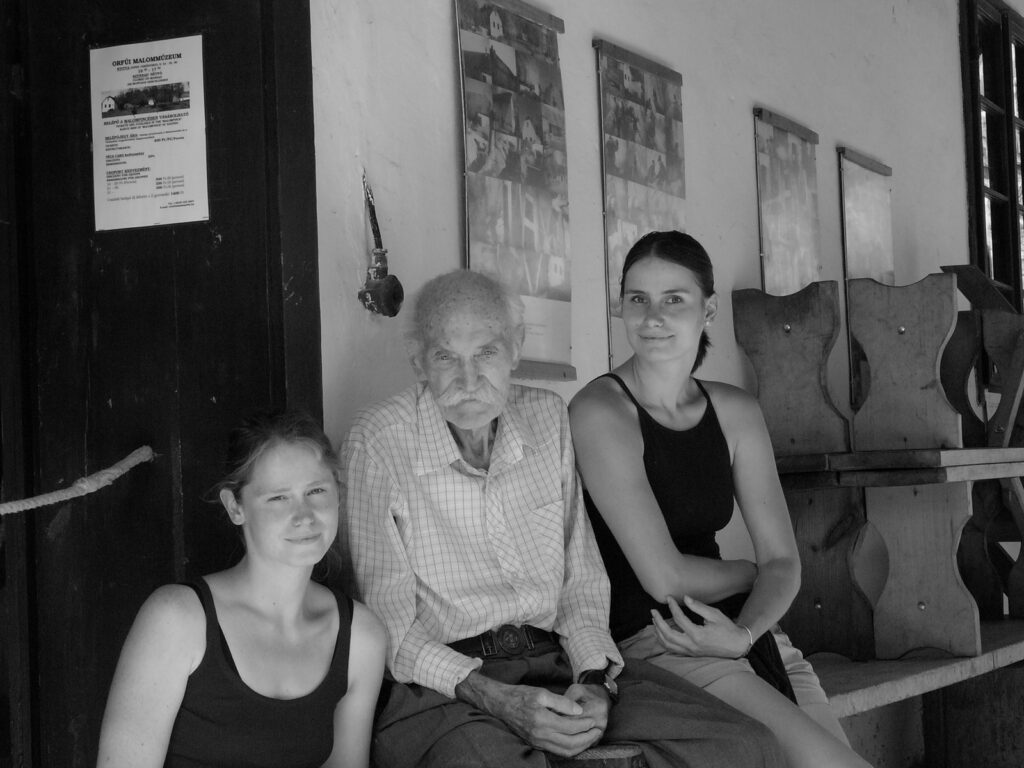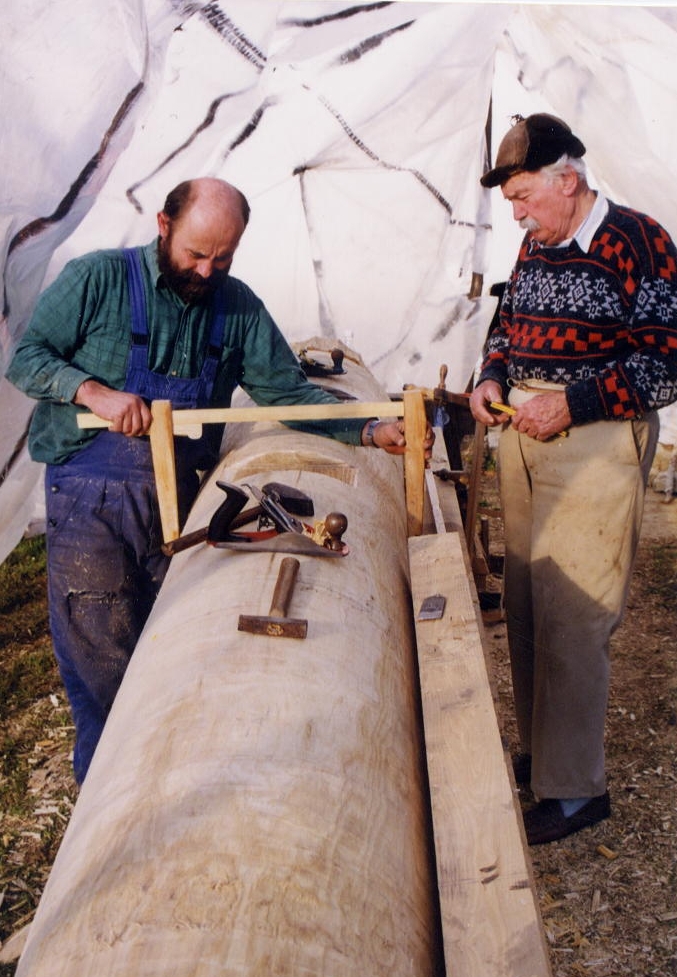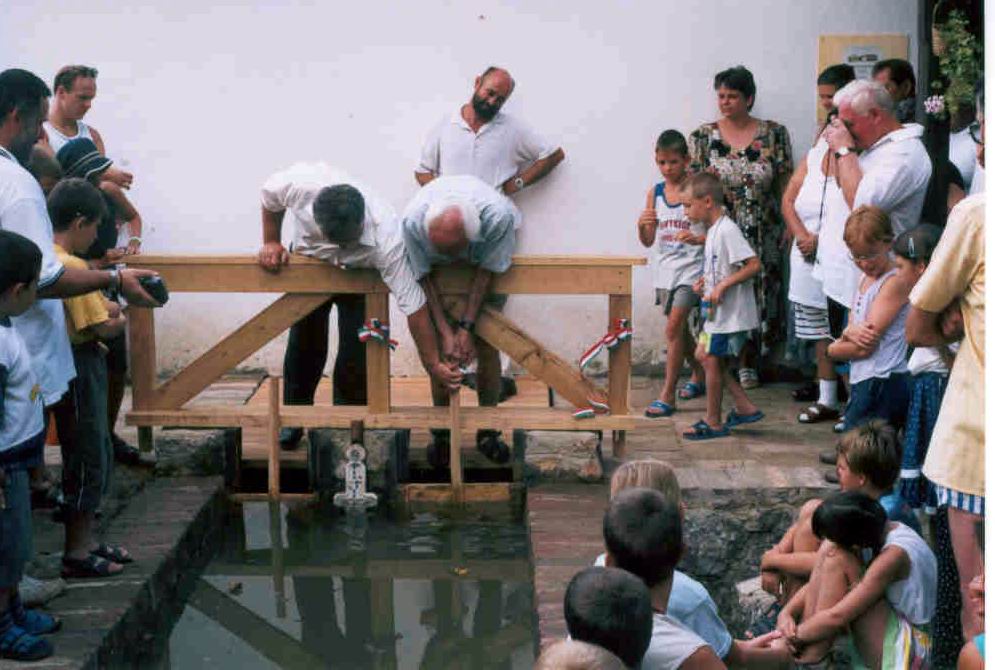The legend is still alive
MEDIEVAL ORIGINS
The history of the watermill has been shaped by centuries of events, storms of history, families, destinies and personalities, which have made it what it is today. The hazy beginnings date back to the 13th century. In the Middle Ages, people settled here, taking advantage of the natural environment, as is shown by the ruins that can be found on a hill in the woods near the mills, less than 50 meters from the spring. The presence of what is believed to be the ruins of a Cistercian monastery and other factors attest to the existence of small Hungarian communities in the area for at least eight hundred years.
THE HEYDAY OF THE MILLS
There are no traces of grinding activities from the period of the Ottoman occupation, as the area was deserted. It was precisely this demographic void that was to be filled by the German and Austrian communities that were massively inplanted to the redion in the 18th century, and among whom arrived the future miller families of Baranya county. The newly arrived miller families were given permission to set up many new dams, but many built new mills on old medieval mill sites. This is how life returned to the Orfű stream.
THE NICSINGER FAMILY
The present water mill was built in the mid-19th century. The waterwheel was still turning millstones, but it wasn’t long before the change came. After the turn of the century, the mill came into the possession of miller Henrik Nicsinger, and the new owner significantly remodelled it within a few years.
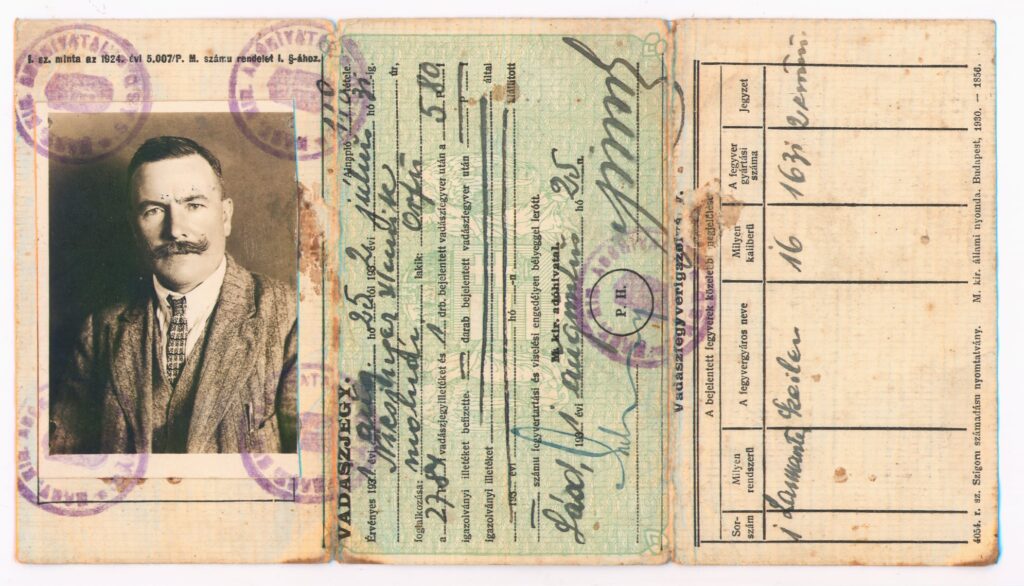
This was the time when roller mills were introduced alongside with devices associated with roller milling (grain preparation and flour grading/sorting devices), most of which were then considered world class inventions.
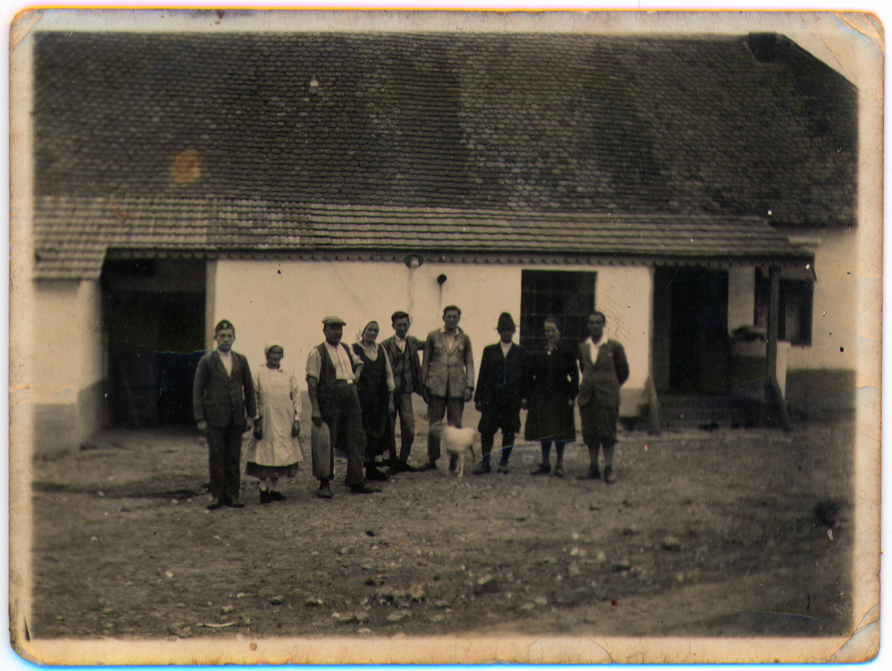
The mill was owned by the family until 1947, but after the Second World War they were expelled from the country because of their German origins.
THE SURGE
Although it survived the destroyers of the Rákosi era, the mill did not see much of a good during the 1950s and 60s: the machines were dismantled, the mill pit was buried and the building was used as a granary.
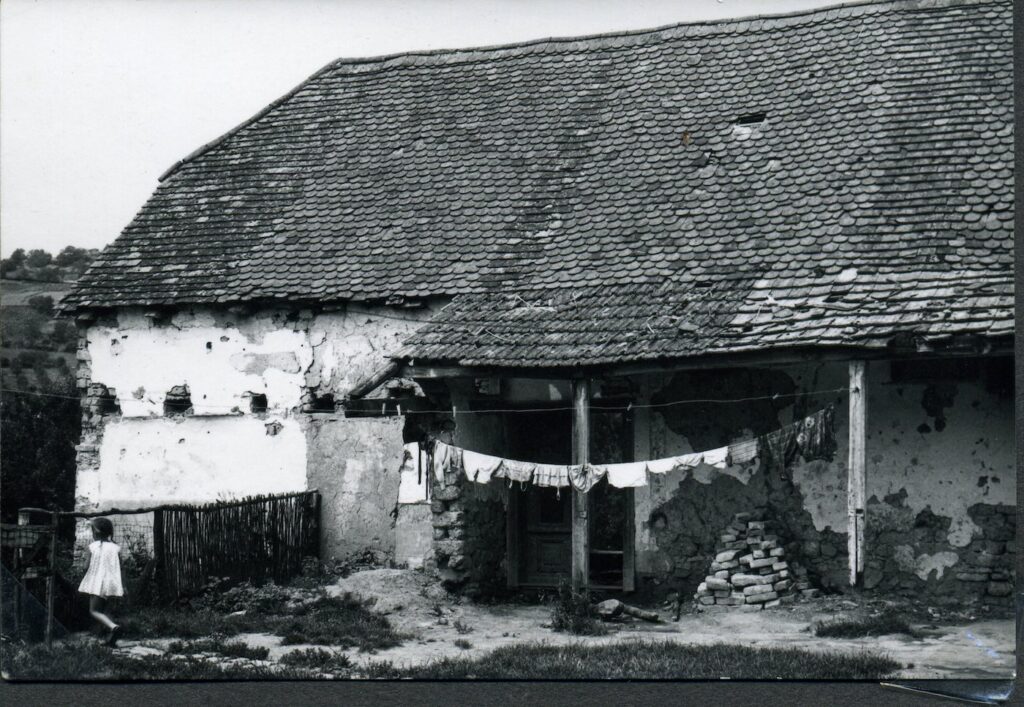
THE PLANS OF THE VILLAGE MUSEUM
The mill was saved thanks to the efforts of the Janus Pannonius Museum of Pécs, the Pécs Milling Company. The original idea was to build the open-air ethnographic museum of Baranya county here, but eventually,, due to lack of funds and professional management, only the restoration of the water mill building was completed in 1970.

Then pre-WW I conditions were restored and the museum was established. In 1974 the museum was expanded with the relocation of the Mekényes dry mill.
THE MILL COMES TO LIFE AGAIN – THE FÜZES FAMILY
In the early nineties, another big change took place: the water mill came once again under the care of a family of millers. Antal Füzes and Péter Füzes, descendants of an old family of water millers, saw an opportunity in the small mill, and – although the world of modern mills had long since changed -, they started to operate the mill. In the summer of 1994, while maintaining the conditions and functions of the museum, the Orfű stream mill became the only one in Hungary with a production licence.
A NEW MILL IS BORN
Since 2016, you can also enter a functional paper mill at Orfűi Malmok. This type of mill has not survived in the southern part of the Carpathian Basin, so establishing a new paper mill in Orfű an important act for the revival of this nearly vanished craft.
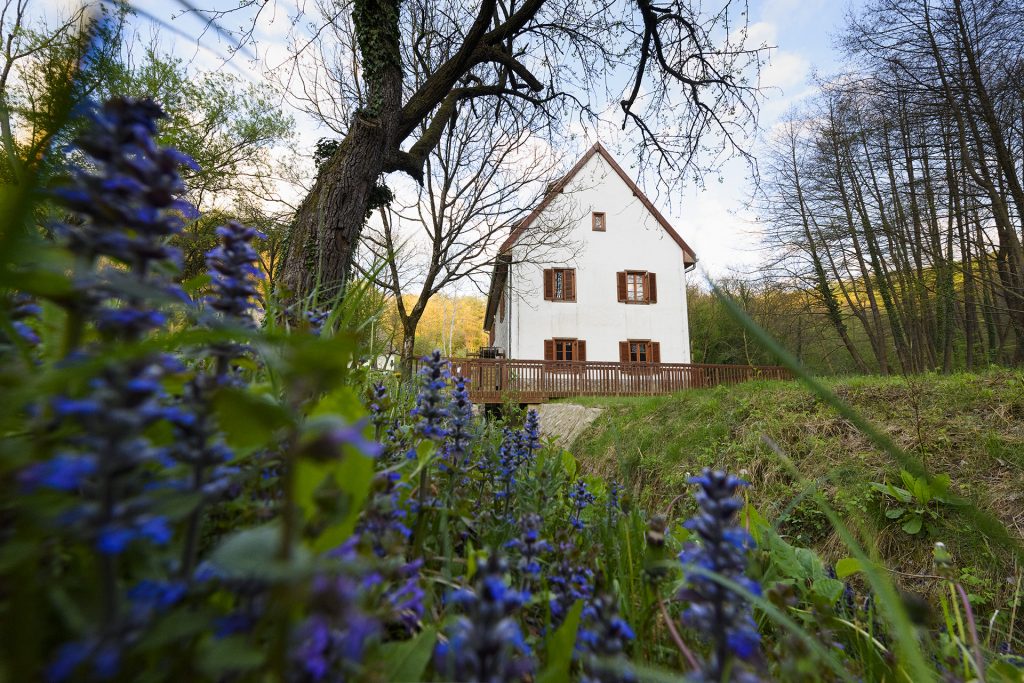
When designing the mill, characteristic features of 18th and 19th century paper mills in Baranya were taken into consideration.. The building and its workshops faithfully show the stages of European papermaking before the 20th century. The papermaking process is not a mere museum attraction: the mill is actually in production.

